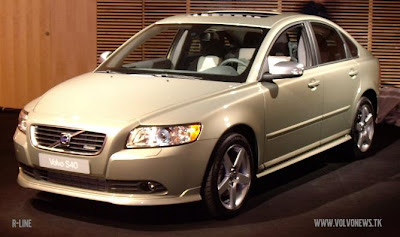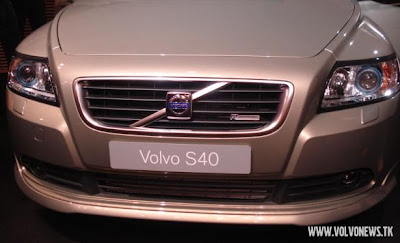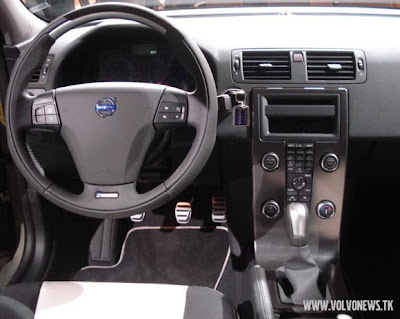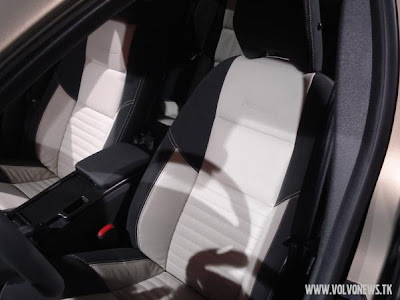
Since the publication of "The End of Nature" in 1987, Bill McKibben
has been a premier mind in environmentalism. Bill’s most recent book, Deep Economy,
helped me re-think the world in powerful ways, by asking one simple question,
"What is the relationship between ‘more’ and ‘better.’" Bill came
up with some pretty exciting answers, and they form the basis of what he calls
the Deep Economy.
EcoGeek: What is the
Deep Economy, and why do we need it?
Bill Mckibben: We need an economy
that asks questions other than "how can I make it bigger?" the two
key additional questions: "how can the economy make us more satisfied with
our lives?" and, in an age of ecological peril, "how can the economy
assure some durability for our communities?"
 EG: What scares your
EG: What scares your
pants off?
BM: Well, I wrote the first book
about global warming, way back in 1989, and it was called The End of Nature.
That was scary enough for one lifetime — now i’m hard to rattle.
EG: What roll does the
internet play in the Deep Economy?
BM: Crucial. It allows people
to live in tight, close, more economically self-sufficient communities without
being stifled–there’s always a window open to the wider world. Earlier this
year I helped organize the largest grassroots environmental protest since Earth
Day 1970. But isntead of a march on Washington, we had 1,400 marches across
the country. (see stepitup07.org). there’s no way we could have organized it
without the net, nor linked it together afterwards to be more than the sum of
its parts.

 What’s a heklucht? The designers at
What’s a heklucht? The designers at 







